16 May, 2023
Context and Place: East Lothian
Tagged by
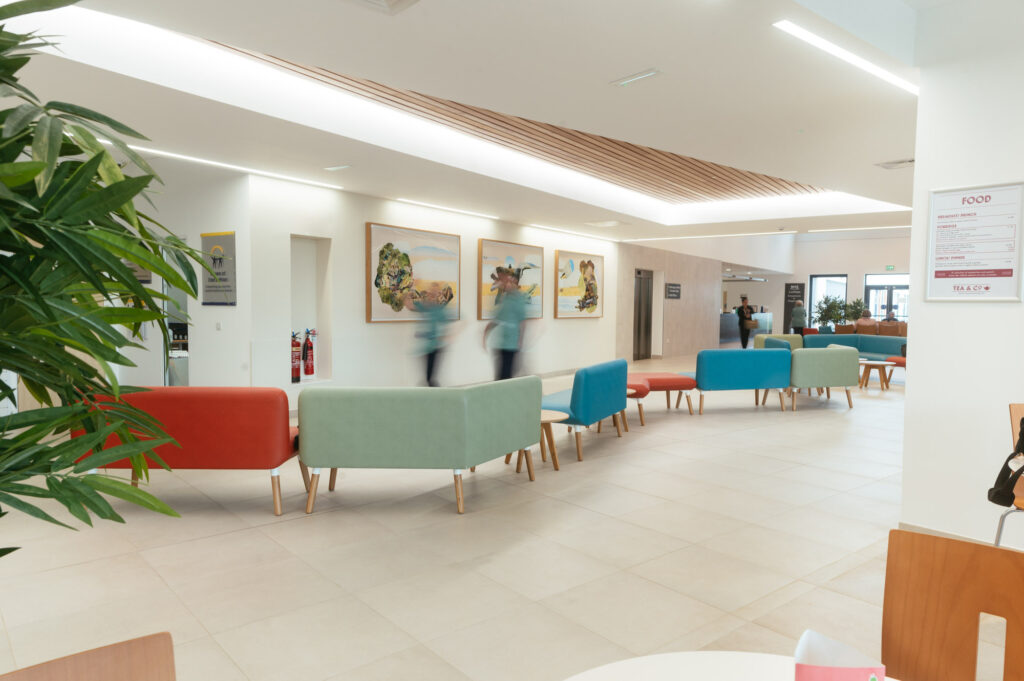
What does it mean to commission artworks for a hospital? There are certain requirements the artists and makers must consider that simply don’t apply in other areas of the art world, ranging from the practical to the personal. The works must be easy to clean, they have to adhere to stringent infection control guidelines in a sterile and sanitised working environment. They must weather the extreme realities that patients, their families and their carers might encounter: fear, pain, healing, love, death, procedure and routine. They need to be meaningful, resonant, accessible and look good in a starkly lit waiting area: not an easy list of conditions to meet.

A community hospital like East Lothian Community Hospital (ELCH) takes these requirements a step further. Its entire purpose is to be a hub, a nerve centre for local people, responding to and tending to their needs. When commissioning artworks for ELCH, Tonic Arts asked artists to understand the importance of ‘the local’ in each of their proposals.
They responded by putting place at their heart of the work, taking inspiration from the site, the surrounding landscapes and the local people.
At every stage, patient views and experiences were placed at heart of the project. Anne Bissett was a leading voice in the commissioning panel, who brought her lived experience both as a patient and as a carer for her husband, who was in hospital for over five years, to the selection process. She reflects: “I was always made to feel involved; I was genuinely part of the decision making… I felt very listened to and that my comments carried as much weight as any of the other people involved.”
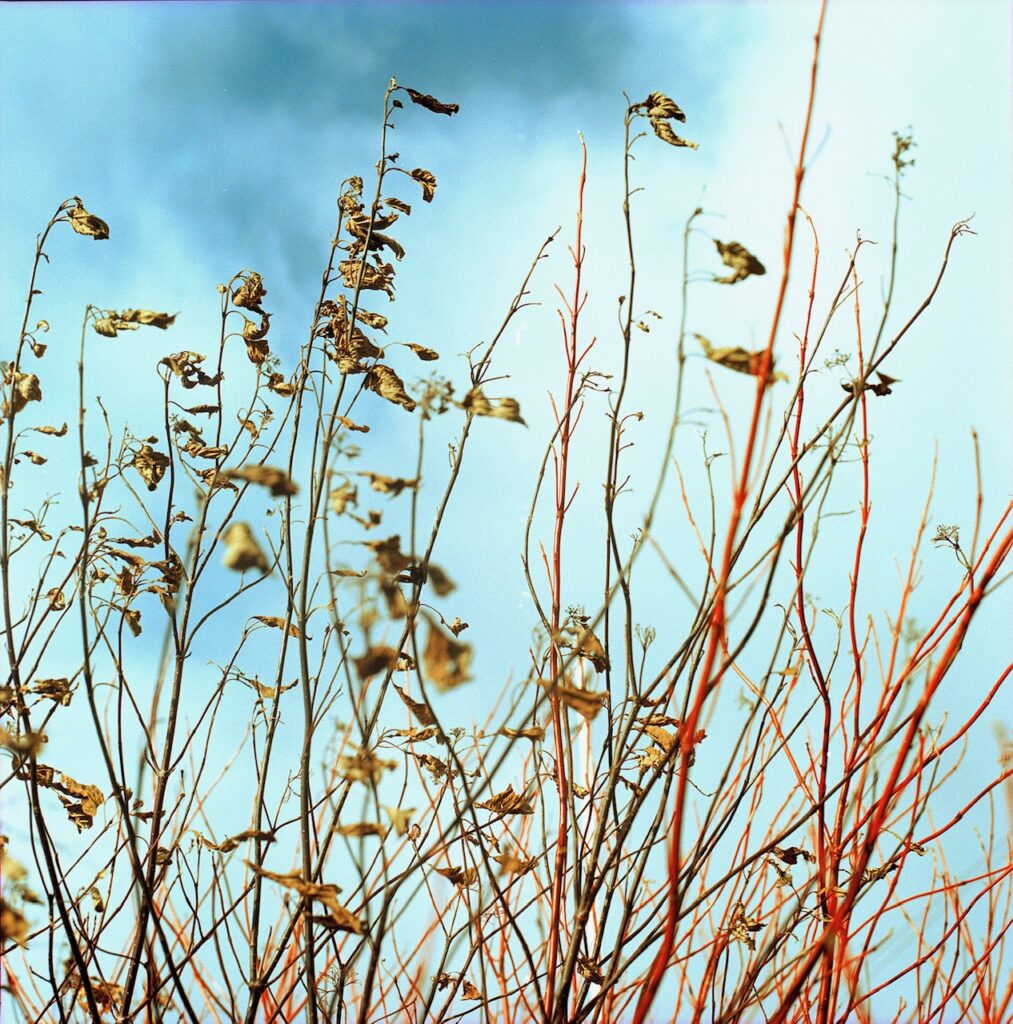
Anne’s practical outlook was strongly informed by her profound belief in the important role art can play in a hospital setting. She explained her thinking:
There are people who are either visiting, or waiting for appointments, or coming out of a very, very difficult visit, or really life changing appointments… so what can you provide to support these people therapeutically, but also to create some sort of distraction?”
Art had been a sanctuary in the midst of her personal health trauma, and she hoped the new works created for ELCH could play that role for others too, by providing visual intrigue, and creating the right atmosphere for a moment of calm.
Art, craft and design can be a teleportation device, taking us somewhere we would rather be. In this sense, Natalie Feather’s square photographs could be portals, not to another world, but rather to one right on the doorstep of ELCH; the beautiful, understated landscapes of East Lothian. We see close ups of plants, pink and green against a coastal backdrop, zoomed in, high-definition images of barnacle-covered rocks, the bold colours of autumn leaves in a misty landscape, standing out, injecting life and texture into the long white corridors of the hospital.
The powerful therapeutic potential of nature comes to the fore with many of the commissions. Photographer Alicia Bruce was captivated by the orchard at the old Herdmanflat Hospital, one of the smaller hospitals that was closed in order to relocate to the new site at ELCH. Conversations with staff and patients revealed how much they had valued the trees over the years, admiring them in full bloom in the spring, gathering their fruits in the autumn. In Blossom Portraits, detailed photographs reveal the intricacies of each petal collected from the apple trees, while Final Fruit shows boughs heavy laden with apples and glossy leaves. Each photograph seems like a tribute, a ‘memento mori’ to the former hospital, that had serviced mental health needs of local people for generations.
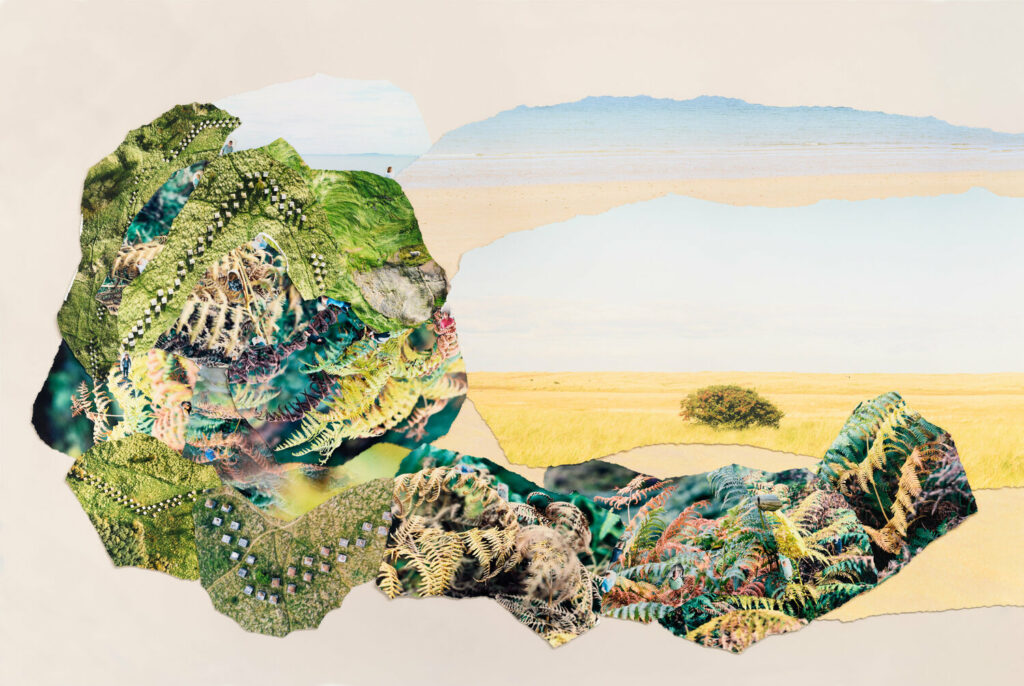
The East Lothian landscape is also integral in the work of Sylwia Kowalczyk and Simon Crofts who produced a series of large-scale photographic collages for the hospital. Simon grew up in Haddington and knew the former hospital well “for all the wrong reasons” – his mother and father having spent time there. A deep, personal understanding of the need for visual stimuli in the hospital waiting areas underpins their work. What at first glance seems like a panoramic landscape unfolds as we approach it: we begin to see a complex myriad of images, hidden portraits of hospital staff, as well as a young Simon with his parents, all constituent parts that make up the overall picture.
To capture these portraits, the artists transformed an empty operating theatre into a studio, inviting staff to drop in for a photoshoot. That those members of staff continue to walk past the artwork daily, knowing they are part of its fabric, brings with it a sense of pride, ownership and even playful joy to the people who interact with the work most often. Collage as an art form is often associated with fragmentation, even a certain inbuilt violence in tearing images apart, but here that idea is reversed: it is about the stitching these pieces together, to form a healing, harmonious whole.
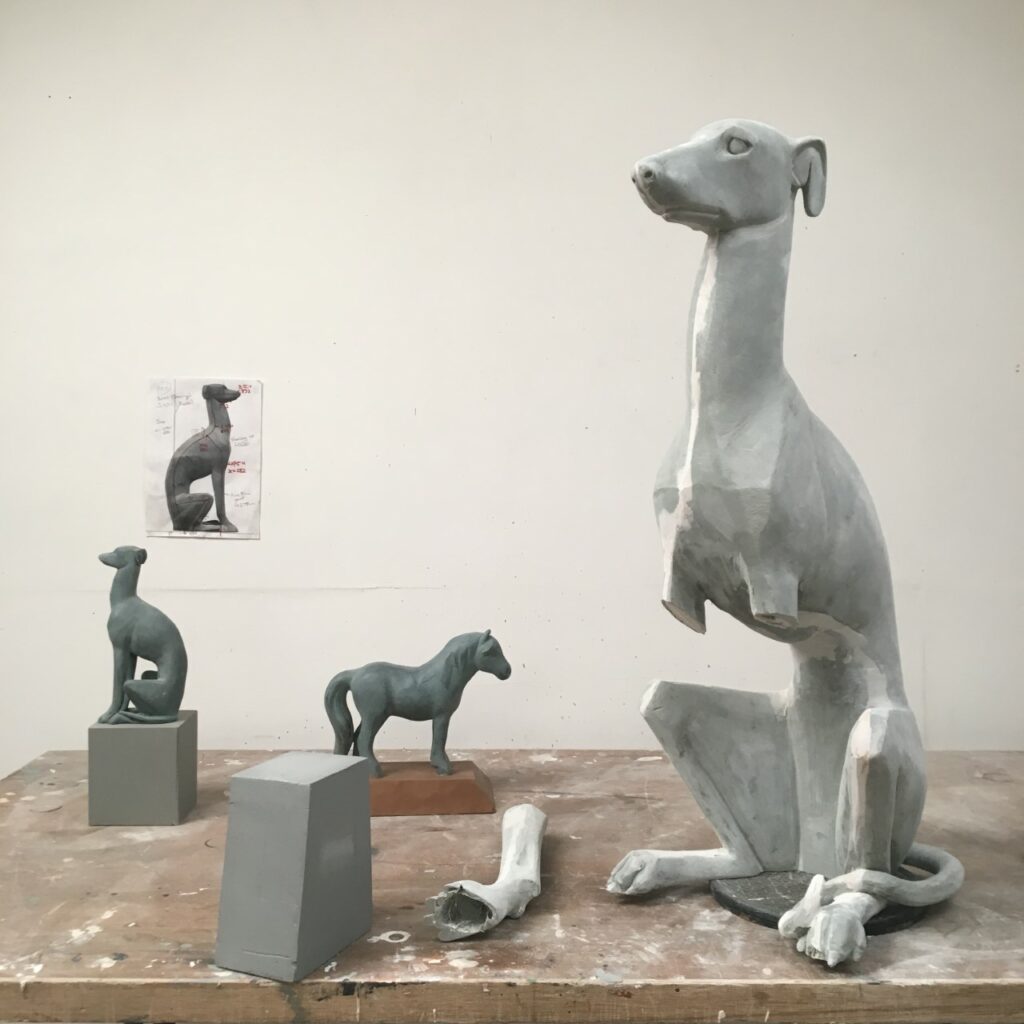
Outside the building, sculptor Kenny Hunter has created Here and There, which highlights animals that have a shared history with East Lothian and its people. Rabbits are currently in decline in the area, but here they sit as proud sentinels on their concrete warren, breeze blocks stacked like a giant Jenga tower. Hunter’s Pony grins at us – it is the friendliest of equestrian statues – a short, stocky breed that has recently been introduced to the area as part of a conservational grazing initiative on the iconic Laws of East Lothian. Wallyford racetrack is just a short distance away, so the final statue, Dog, recalls that local history. Sitting upright, alert, he seems to be waiting attentively for someone at the entrance to the hospital; a modern Greyfriars Bobby, reminding everyone who passes by that they are not alone. These are solid, weighty sculptures, defined principally by their feeling of permanence and rootedness.
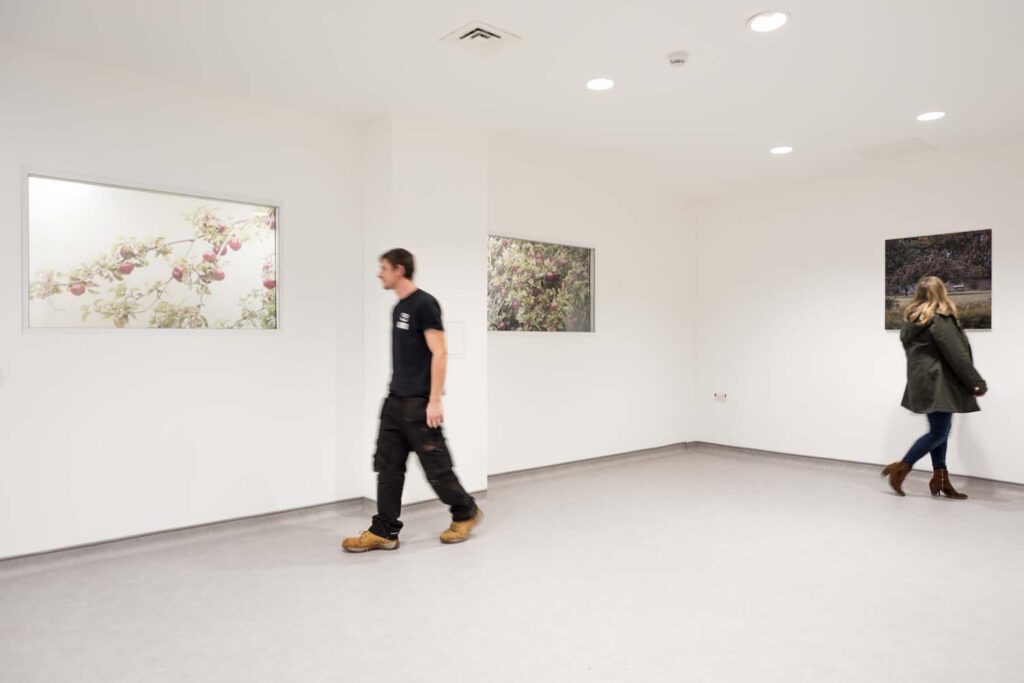
Anne was thrilled to see the project come to fruition and explore the artworks in the hospital and the surrounding grounds: “I came along and just enjoyed every aspect of it… I hope that people will enjoy them and will find them therapeutic.” Her wish now is that the initiative will be expanded and continued. Community involvement in how the hospital develops is, and always will be, very close to her heart.
These artworks can speak to everyone in this community, everyone who needs this place. And while we know that there are some things that art, craft and design cannot fix, creative practice can offer us an invitation: to look a little closer, to be distracted or made curious by what we see, helping us to notice, mark and celebrate the fragile moments of beauty in our daily lives.
Words by Genevieve Fay
The Art Strategy for East Lothian Community Hospital was delivered by Round Table Projects for NHS Lothian Charity’s Tonic Arts Programme. Promotion in partnership with Craft Scotland.
Download a copy of our case study
Read more of our case studies
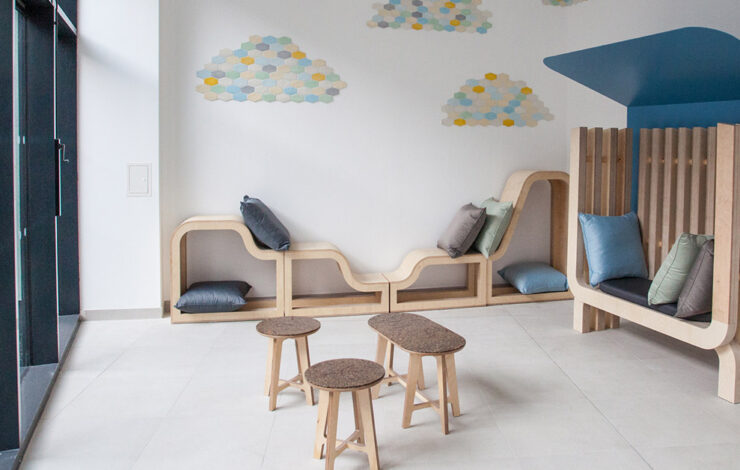
Crafting of Considered Spaces; Mindful Making
In the market town of Haddington in East Lothian, a purpose-built modern healthcare facility is operating with an innovative approach […]
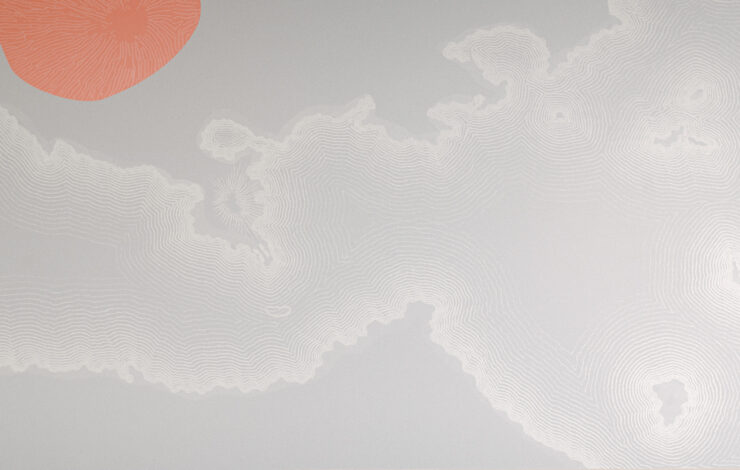
Nature Bathing; Edinburgh Haematology Centre and East Lothian Community Hospital
Humans are genetically predisposed to be attracted to nature. We desire to seek connections to the natural world, which foster […]
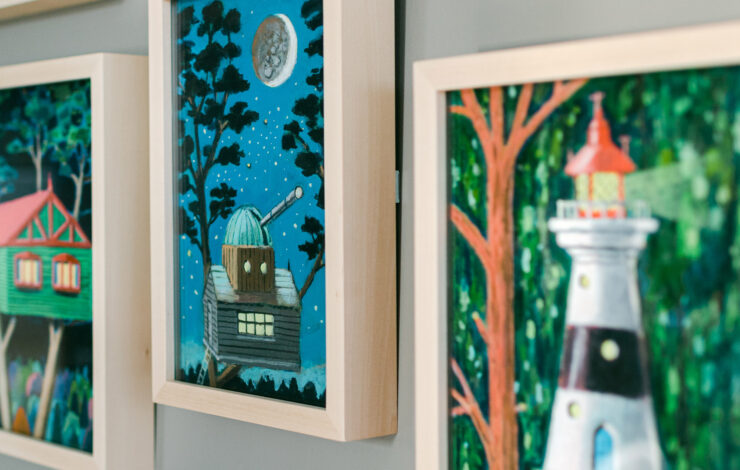
Social and Geographic Context: Edinburgh Haematology Centre
I find myself gazing into a circular haze of blue. I could be looking at a picture of the earth, […]
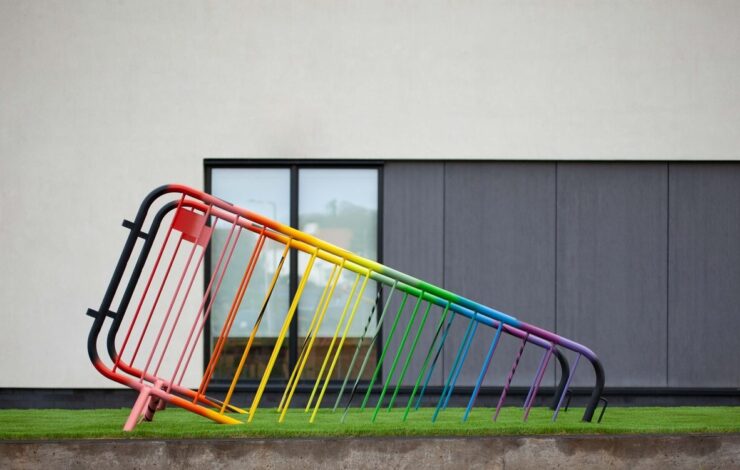
Clinical Collaboration
There’s a multitude of studies with evidence that people actually heal and repair more quickly in a creative physical environment,” […]